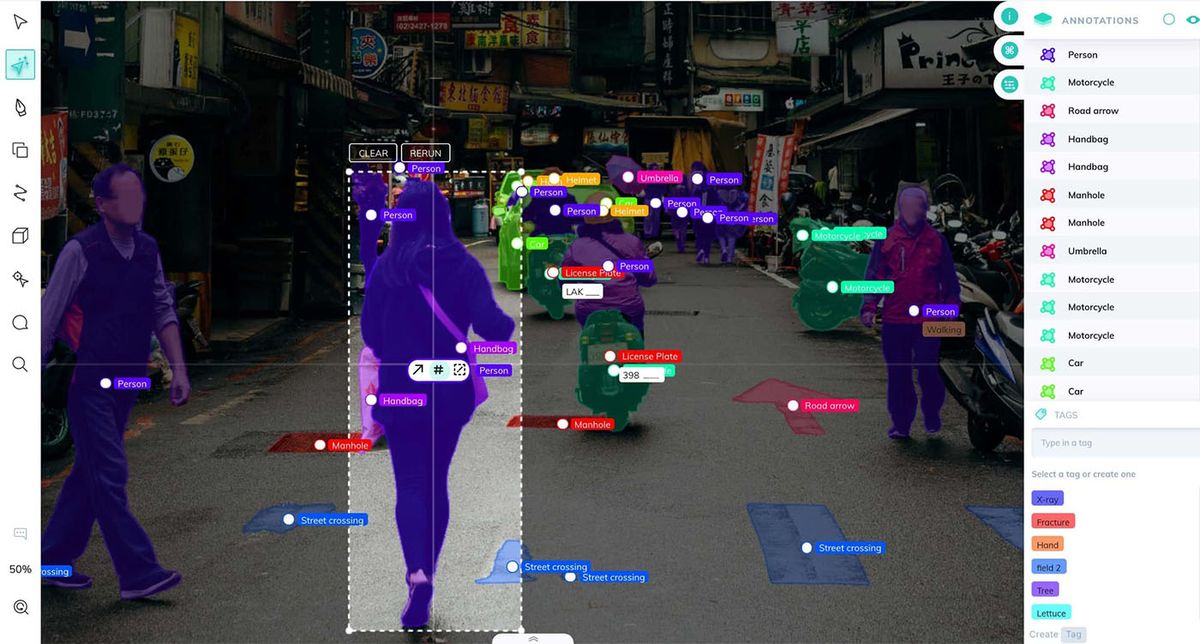Labeling, Tagging, and Classification Services Make Data Annotation Possible

For businesses that need annotation, data annotation services can make their jobs easier. Experienced annotation companies offer many services that simplify annotation work for companies worldwide. Companies can engage in AI machine learning anytime by starting with these simple data annotation services. These two data annotation services include:
- Labeling | Tagging services
- Classification services
Data annotation companies can help you save time and money. In addition, learning about these services can help you choose which is best for your team. Below, we’ll talk about each of these services in detail.
Labeling | Tagging Services for Data Annotation
Data labeling is one of the most basic services offered in data annotation. It is also sometimes called data tagging. This process takes raw data, such as images and text files, and adds contextual labels to them. These labels help machine learning models learn. AI can then use the knowledge learned from this labeling to perform other tasks. This service can also be applied to any data, including images, videos, and text.
Data labeling is essential for machine learning data annotation. Data labeling services can train your AI to identify important information later on. This is often the first step in creating a complex AI system in your business. Without data labeling, data annotations would be impossible.
Proper data labeling services can ensure success as your team navigates more complex annotations in the future. The more labeling is done, the more accurate your data annotations will be. This means that more preparation often results in more successful algorithms. Therefore, the success of your AI system relies on effective data labeling.
Once you produce an algorithm, the system can use it to identify specific data in your datasets. The system can identify relevant data using computer vision for specific purposes. Some of these purposes include automated vehicles or surgical robots. For example, data labeling can train an automated vehicle to recognize a stop sign. Data annotation helps it recognize real-life stop signs in the future.
Classification Services for Data Annotation
Classification is a subset of labeling and tagging in data annotation. AI algorithms can also categorize and classify specific data in addition to labeling. This usually means putting data into particular classes for easier navigation. It could also mean learning to identify different data types as the same thing. This is particularly useful in functions such as face recognition and speech recognition. Handwriting recognition and document classification are popular as well.

AI algorithms will use predictive modeling to classify new data into class labels. For this to work, the labels must already be established from data labeling. Therefore, the AI system must learn these algorithms ahead of time to identify and sort the data fed into it. As long as it learns from prior data labeling, it should be able to classify your data correctly.
One industry that uses classification services is the security industry. For example, many modern security cameras have facial recognition to help identify potential intruders. Facial recognition data can then be given to law enforcement for investigation. Weapon recognition can also help determine if an intruder has a dangerous item. This could include items such as guns or knives on their person. By classifying all dangerous items as “weapons,” security cameras can alert owners to potential threats.
The medical industry also heavily uses classification services. More medical offices and hospitals are incorporating AI each year into their processes. Data labeling and annotation are helpful for storing and identifying confidential patient records. These records can include birth certificates, official diagnoses, medical scans, and financial documents. Data classification can help classify these image and text documents into specific categories. It can do this by type or person, depending on your needs.
For example, this may mean that a doctor doing medical research can pull up all their data on broken femurs. It may also mean that a receptionist can locate all documents belonging to the same patient by name. Data classification can save lots of time and energy later on. This circles back to data labeling, which handles data annotation training in the first place. Quality data annotation training produces quality AI.
Conclusion
Data annotation can be challenging and time-consuming. Luckily, data annotation services can make your team’s job much simpler. Labeling platforms offer these services affordably. Their goal is to make data annotation machine learning more accessible worldwide.



Comments ()